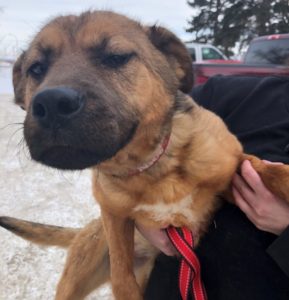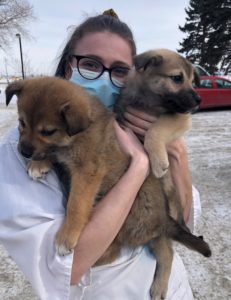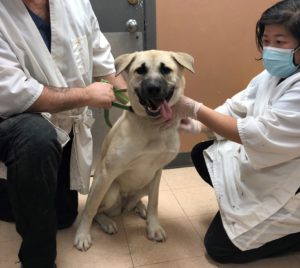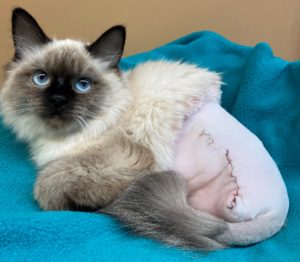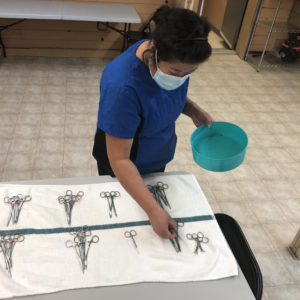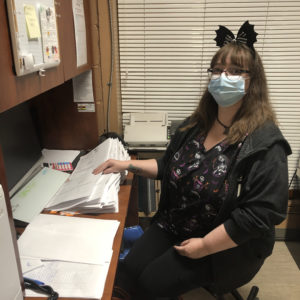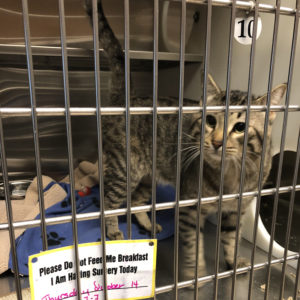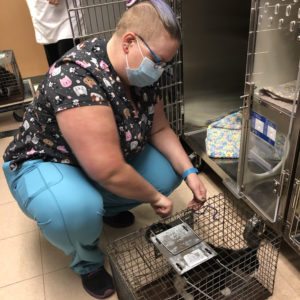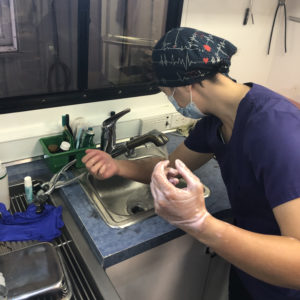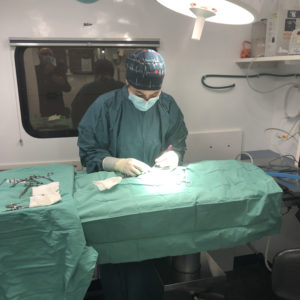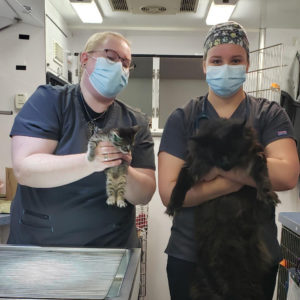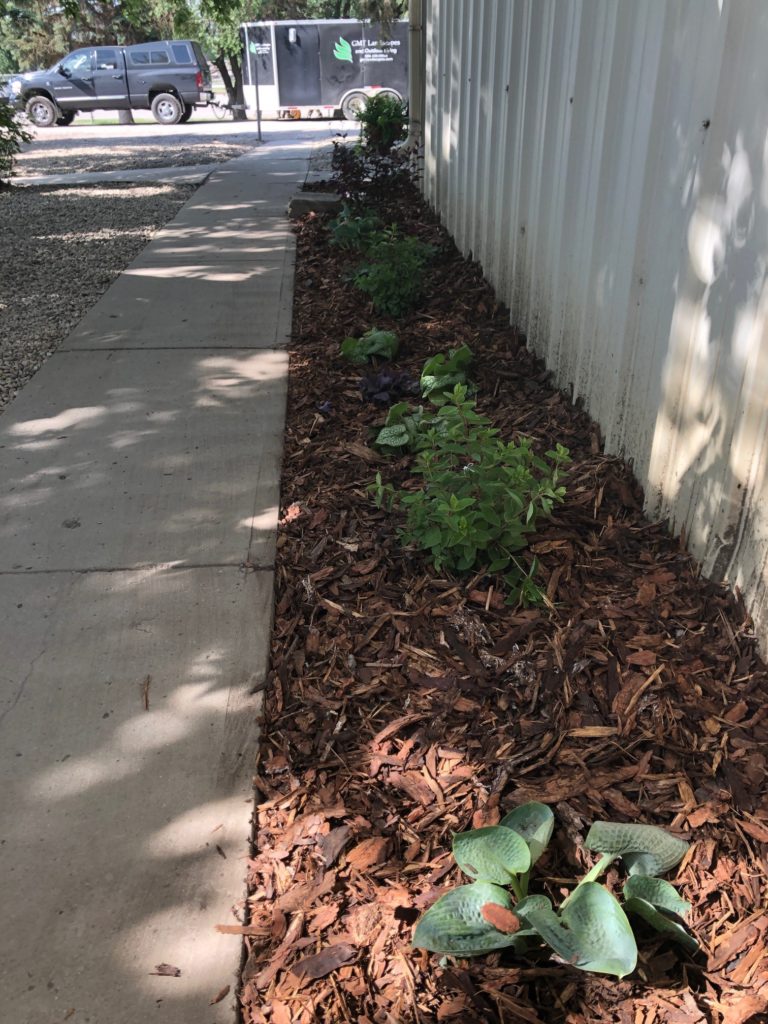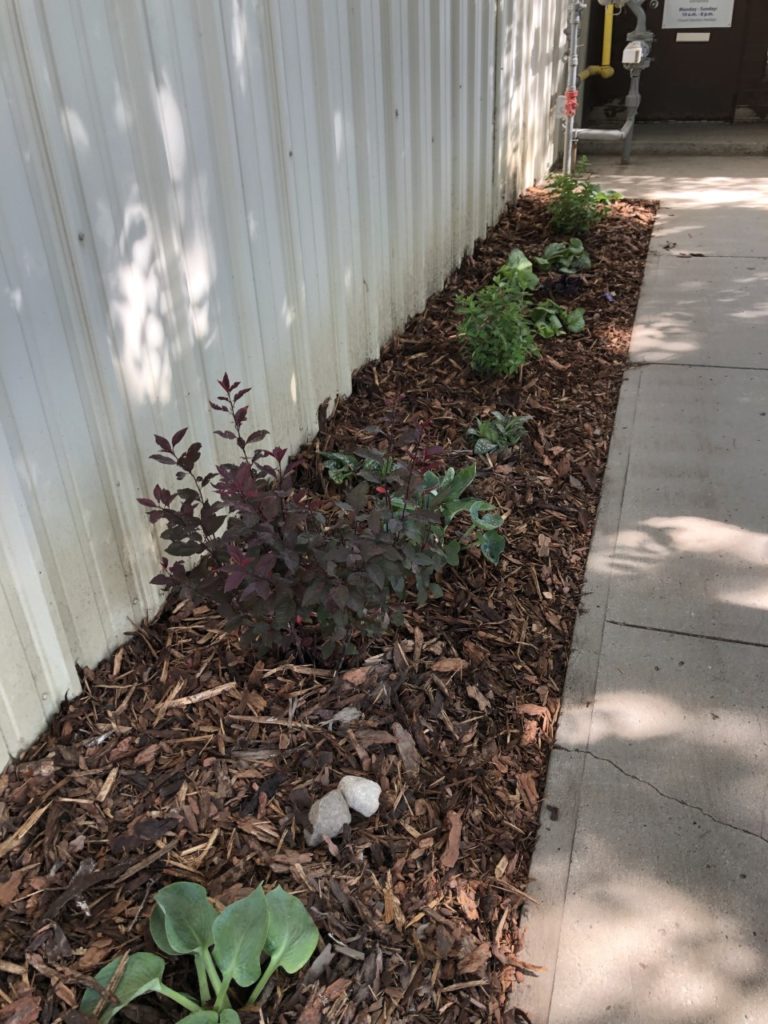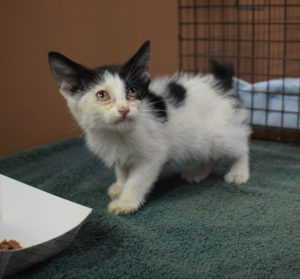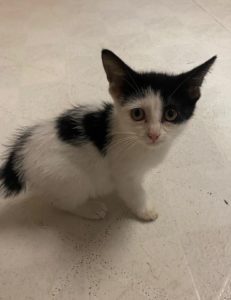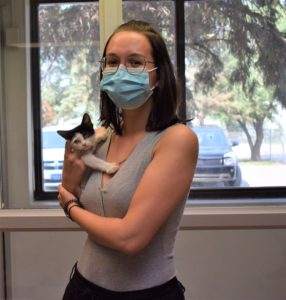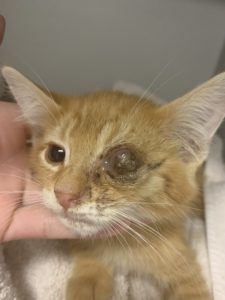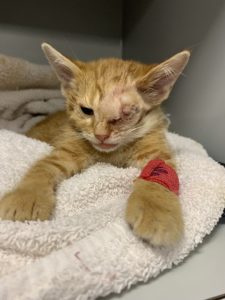We never want our cats to fight. We want them to be playing and giving each other baths.
So, what can we do when our cats aren’t exactly getting along?
Here are some tips on how to help your pets live happily together…
Consider a Visit to the Vet
There are many things that can contribute to a tense relationship between cats, such as environmental changes (e.g., recent vet visits, renovation, moving), boredom or even competition over toys, food or the best snoozing spot. But often a visit or phone consultation with your vet may help eliminate any underlying medical issues that could be at play. Spaying or neutering can dramatically reduce a host of behavioural and medical conditions. Your vet can also run tests to rule out any other chronic conditions that may be leading to aggressive behaviour.
Enrichment
Think of enrichment as providing your cat with an outlet to be themselves. They can channel their energies through exercise and play, which can turn, can lead to a range of more desirable behaviours.
Examples of feline home enrichment include:
- Hiding opportunities: gives the “victim” cat a safe place to go when things get tense.
- Climbing opportunities: like hiding spots, these provide cats with an escape. They can also provide active cats more opportunities to expend their energy.
- Toys and feeding puzzles: these can keep active cats engaged, keeping them from pursuing other cats in the home out of boredom.
Provide Enough Resources and Space
Sometimes, the source of aggression is competition for valuable resources (resting spots, litter boxes, food bowls). Introducing multiples of each resource can help eliminate the need for your cats to guard them. It is also important to place these items in separate parts of the home. For example, if one cat is guarding a litter box and not letting another cat use it, putting a second litter box next to the first will not solve this problem. Instead, add a second litter box in another part of the home.
When the Aggression Starts
Stay calm and very gently block the aggressor cat from their intended target with a thick blanket. Then usher them into a quiet, dark room where they can calm down. Do not punish the behaviour! This will make the situation worse, both in the short and long term.
For more information and tips on having a happy cat home, CLICK HERE
